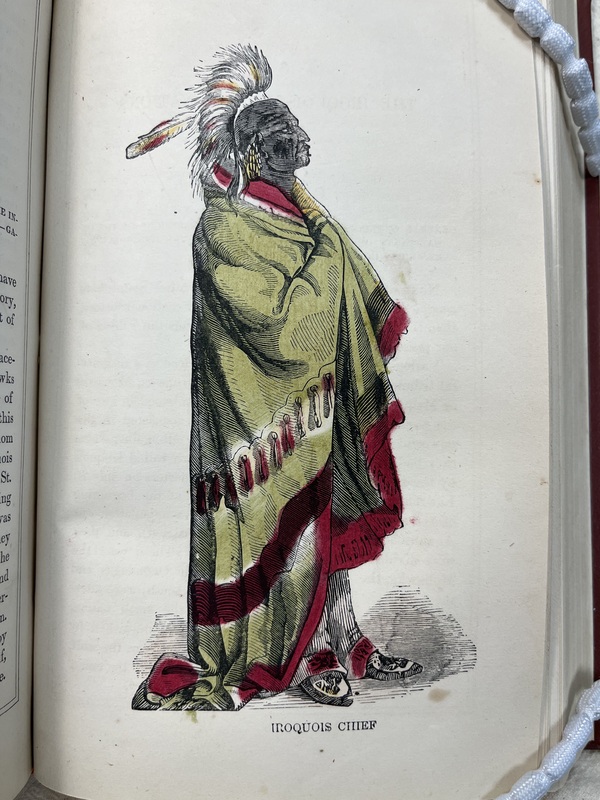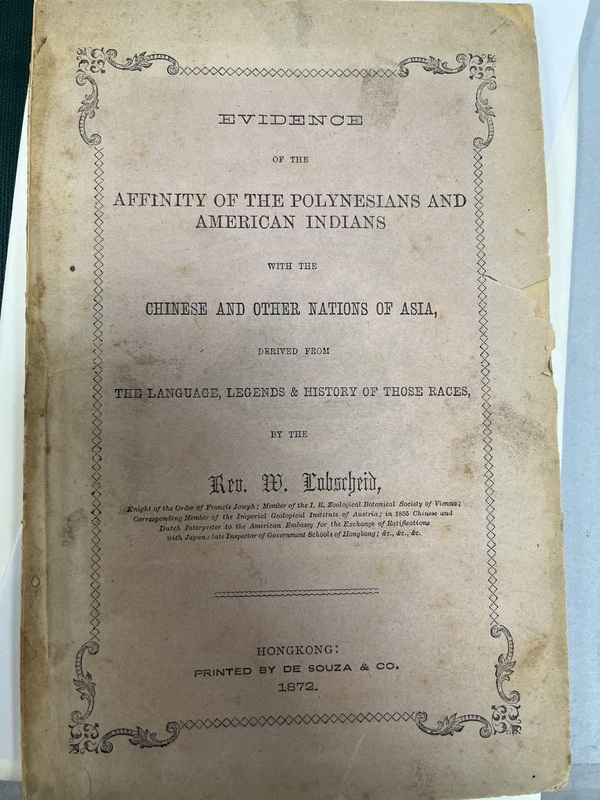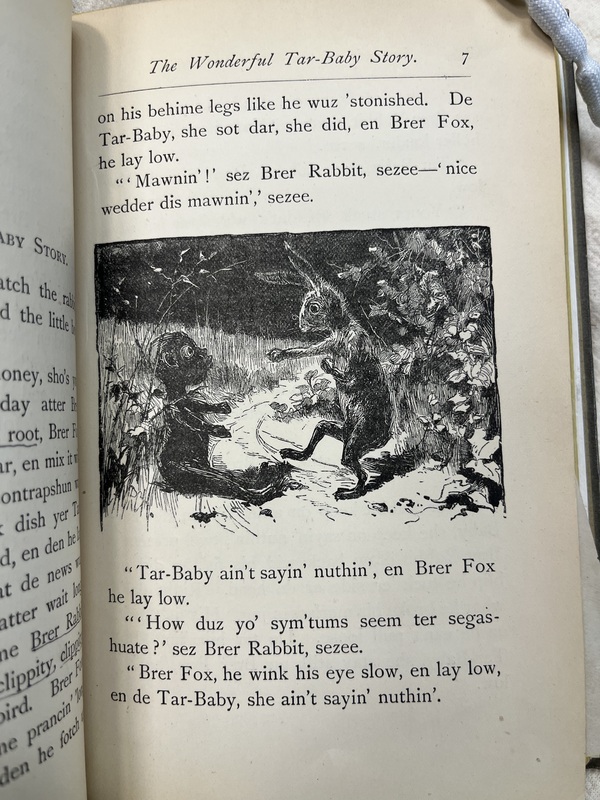Skewed Interpretation and Misrepresentation
The Victorian-era fascination in ‘exotic’ cultures is a clear means of rationalizing aspects of their own culture through comparisons- be it through societal norms or reinforcing notions of cultural superiority. Yet conversely, these interests often manipulate the subject culture’s systems of belief, refracting it through a Judeo-Christian lens to a degree where their interpretations of a culture are built on a flawed foundation. This imperially-tinged disenfranchisement is seen through the deliberate re-working of a culture’s myths to suit Judeo-Christian morals, or the complete misattribution of a culture’s stories. The following artefacts serve as examples of this skewing and misrepresentation in the New World, where colonial governments attempted (oftentimes erroneously) to explain those they displaced, while highlighting how most accounts of New World mythology derive from biased colonial sources.


